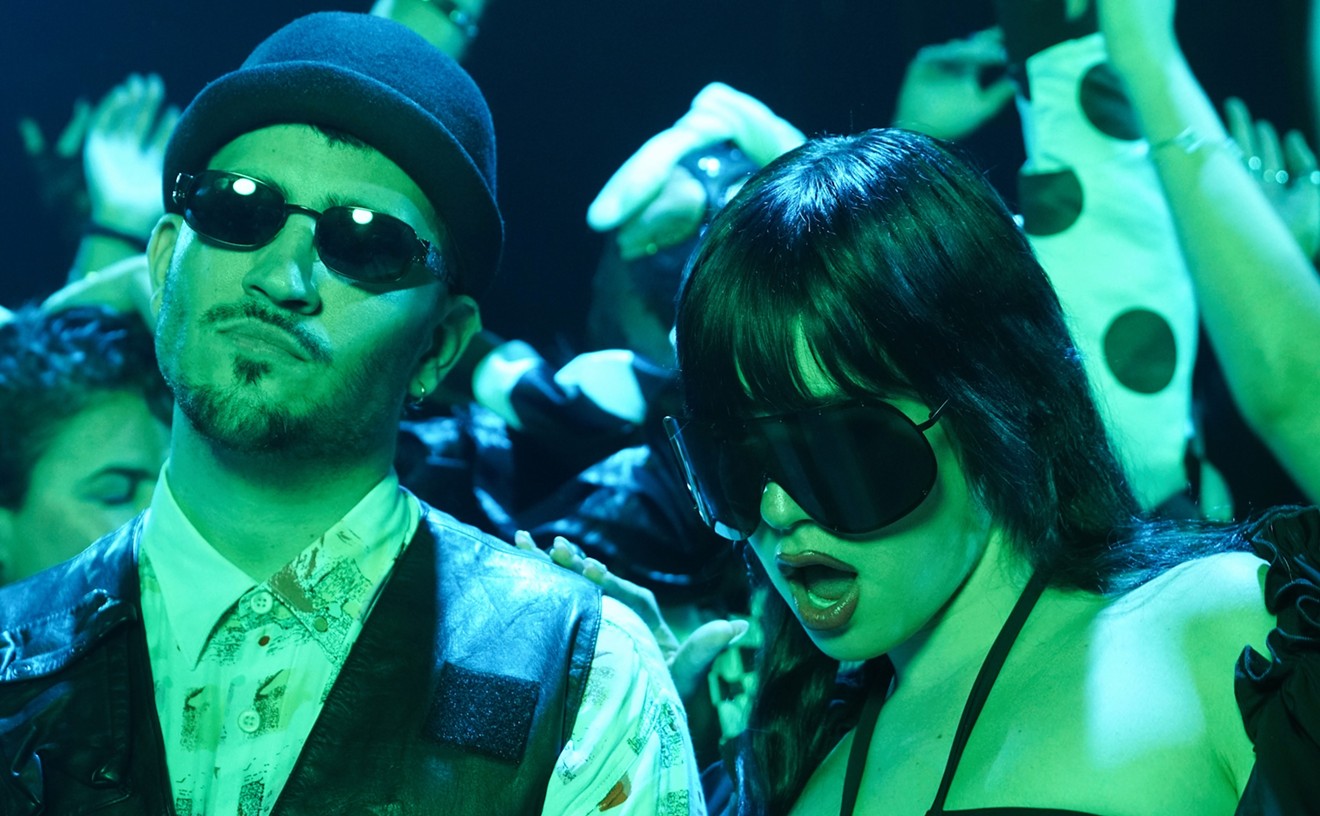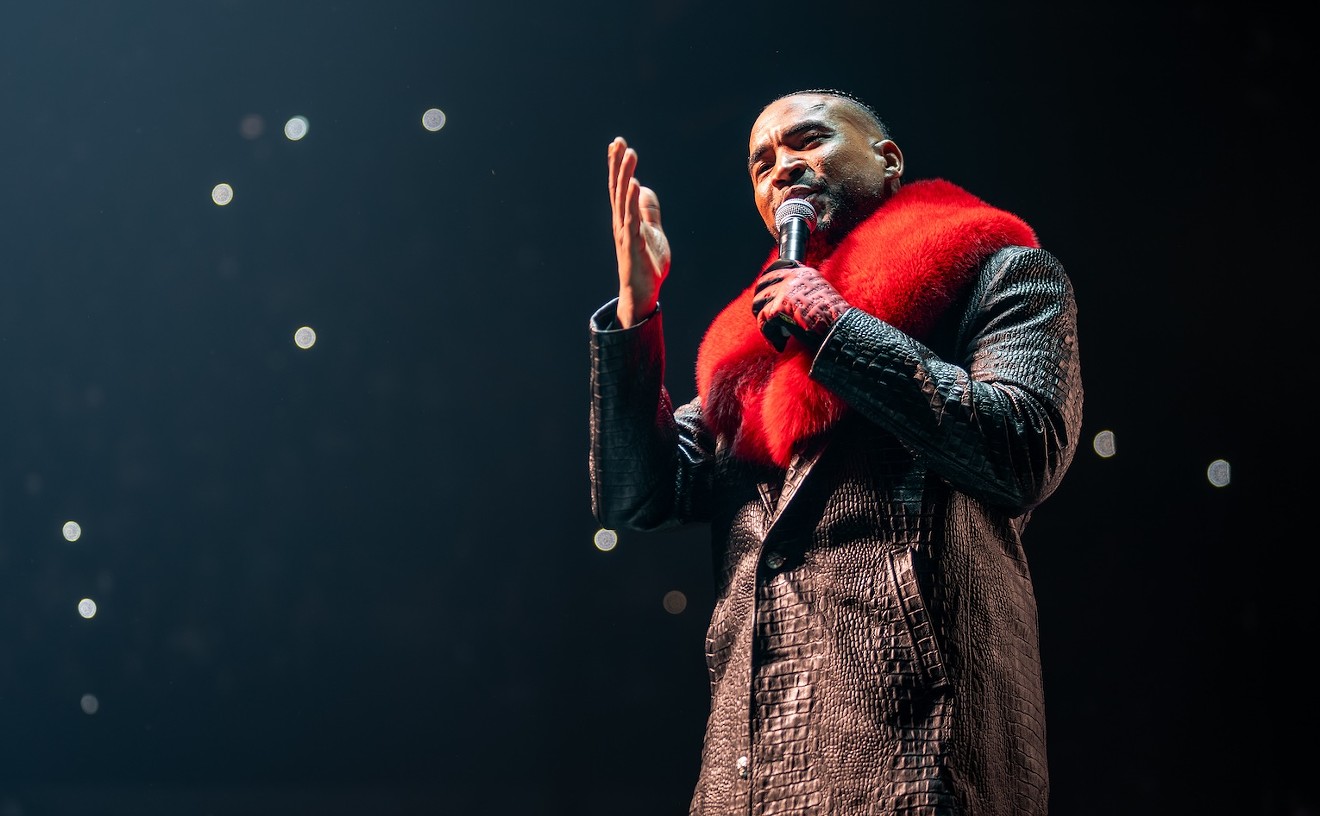Since then Aashish has wielded his 25-string lute in service of both pop and traditional North Indian genres. Around 1970 his Indo-American ensembles Ashanti and Third Eye set the standard for intercultural fusion music back in the days when world music wasn't even yet a gleam in the gaze of record-company executives. He also has an extensive catalogue of classical recordings and gave his first public performance of the sarode at the tender age of thirteen on All India Radio, accompanying his grandfather, the legendary Padma-Bibhushan Baba Allauddin Khan. Genius certainly runs in the family. Khan's father is the legendary musician Ustad Ali Akbar Khan, founder of the Ali Akbar Khan College of Music in Marin County, California. And his brother is tabla player and frequent collaborator Pranesh Khan.
Aashish's axe is ancient. “It's one of the very oldest instruments, even older than the sitar,” he explains. “You will find depictions of the sarode in paintings from the Second Century.” That sarode was different from today's sarode, which began the leap toward modernization beginning in the Sixteenth Century when court musician Nawab Wazid Ali Shah changed the gut strings to steel and the wooden fingerboard to steel. He also added extra strings. “I would describe it as a big lutelike instrument that looks very much like a banjo but with a special neck,” says Aashish. The sarode's belly is covered with goatskin. The first of two deer-horn bridges rests on the belly, and the second is on the neck before the main pegs.
Four strings carry the melody. Three resonating strings are tuned to the principal notes of the raag. Three chikari strings, tuned to the tonic, are used for drone emphasis and rhythm. The remaining fifteen strings, known as taraf and tuned to the notes of the raag in several octaves, provide sympathetic resonance.
Unlike the finger-picked sitar, the sarode is plucked with a coconut-shell plectrum. “When playing a sitar, you pull on the fret to get the glissando,” Aashish says. “Here on the sarode, you slide across the string like a violin or Hawaiian guitar.” Aashish prefers the sarode to the sitar because he considers it a more expressive instrument, capable of greater emotional nuances. “Whereas a sitar is limited to the five notes you can make by pulling on the fretted string, the sarode doesn't have that limitation, because it is a fretless instrument,” he explains. “It has much more depth, like the sound of a banjo. It is a very powerful instrument.”
Performing with Aashish on his current tour is his brother Pranesh Khan, the renowned master of the tabla. Pranesh studied the dholak folk drum in early childhood before being urged on to the tabla by his first teacher, his musical giant of a grandfather. Pranesh's other teachers have included Kanai Dutta, Pandit Shankar Shosh, Ustad Alla Rakha, Ustad Zakir Hussair, and, currently, Pandit Swapan Chaudhuri. He has accompanied many North Indian classical and light classical musicians over the years; contributed to film soundtracks, including John Huston's The Man Who Would Be King; and has collaborated with numerous Western musicians, such as Paul Horn and Alice Coltrane. Pranesh also was a founding member of Aashish's fusion ensembles.
“The music scene was certainly different for drummers 100 years back,” observes Pranesh. “A tabla player was never given the opportunity to show his dexterity. He just kept simple straight 4/4, 5/4, or 7/4 time and nothing else. If a tabla player did play something different, gestured warnings were given out. And if you still did play something extra, then the main musician would yell out loud just to put the drummer down: “What's the matter, you cannot even keep straight time and you consider yourself a tabla player?'”
Pranesh credits his famous grandfather for the change in status of Indian percussionists. But conditions still aren't ideal. “The discrimination remains,” he says. “If a lead musician would get $15,000 for a night's performance, the best tabla player of today would typically end up receiving anywhere between $500 to a maximum of $1200, plus travel and meal.” He quickly adds, “These are some of the senior musicians of India I am talking about and not my brother.”
Accompanying Aashish and Pranesh on tanpura is Nisha Roy. A London resident who was born in Bombay, Nisha began her classical music studies at age eight with S.K. Shetty and received her Kathak dance degree from Gandharva Maha Vidyalayi. She was the student of the late Ustad Allarakha.
The ensemble's current performances consist of classical Indian music rather than anything more experimental. But there's still an aspect of the unexpected to the concert. Aashish hasn't yet decided what compositions the group will play. He prefers to leave that decision up in the air until the last moment. “I do not plan or decide the program in advance; I decide just before my performance,” says Aashish. “It all depends on my mood and the time of the day. Our music is all improvised, except for a few things, like the raag, the taal, and the compositions set to the taal -- the rhythmic cycles, and so on.”
While this sort of risk-taking is unheard of in Western classical music, it isn't all that common in Indian music circles, either. “Well, not every Indian musician decides like us,” Aashish admits. “Usually my father and I are the ones. We decide the raag and taal just before the concert. The tabla accompanist doesn't have to know beforehand, unless it is a very rare taal or a composition set to a difficult taal.”
Pranesh accedes to the spur-of-the-moment decision-making. “Even if I don't like a raag, I have to keep my personal taste aside and bring out the best,” he says. “Choreographed music is good. But that's it. You created, memorized, and played. There's no challenge to it. Its mechanical. That is why the impromptu nature of Indian music keeps a drummer's mind active. It's challenging. It's healthy and it's good.”










